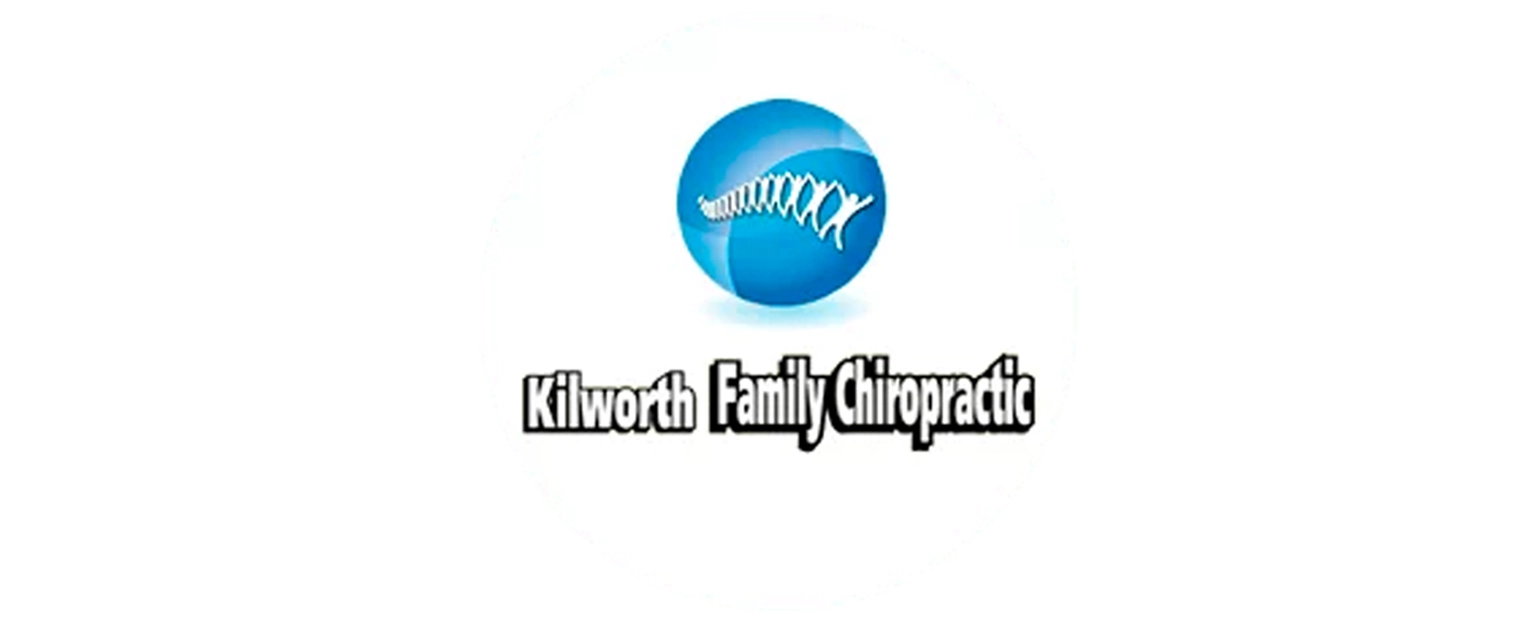Spinal Decompression in Komoka ON

Are you looking for spinal decompression in Komoka ON? You don't have to live in debilitating pain. Whether you have lower back pain, a pinched nerve, sciatica, radiating pain into the arms or legs, neck pain, or a variety of symptoms related to damaged or degenerative discs, spinal stenosis, and post-operative complications, as well as syndromes of the lumbar and cervical spine. Spinal Decompression may be for you.
Understanding Spinal Decompression in Komoka ON
This gentle, non-surgical procedure can provide lower back and neck pain relief, and sciatica pain relief, and is a state-of-the-art procedure for, bulging, herniated, or degenerative disc disease in the neck and lumbar regions.
The gentle distractive forces of the Spinal Decompression create a decompression of the spine with unloading due to distraction and proper positioning, to improve blood flow and nutrient exchange to the injured area. You'll experience several cycles of stretch and relaxation, which graduate to a peak over several minutes.
How Long Does the Session Take?
Therapy sessions typically last less than 20 minutes, 3 times a week for 1 month, transitioning from passive to active treatments as you respond, with most patients feeling pain relief with as few as 6-10 treatments. Most patients are released from treatment after 8 weeks.
A complete program targeting the function of the stabilization ligaments, tendons, and muscles is a vital part of Spinal Decompression. Exercise and adjunctive therapies such as heat, muscle stimulation, ultrasound, and cold therapy can assist in the rehabilitation of these structures. Our goal is to not only help heal the disc but also enhance muscular control and support of the back and neck.
Regular home exercise and periodic visits to our office will help in maintaining your spinal health and reduce the probability of reoccurrence.
Call our team at Kilworth Family Chiropractic if you have questions about spinal decompression in Komoka ON.
OFFICE HOURS
Monday
Closed
Tuesday
7:00am - 11:00am
3:00pm - 7:00pm
Wednesday
Closed
Thursday
7:00am - 11:00am
3:00pm - 6:00pm
Friday
Closed
Saturday
7:00am - 12:00pm
Sunday
Closed
Kilworth Family Chiropractic
29 Kilworth Park Dr Unit B
Komoka, ON N0L 1R0



